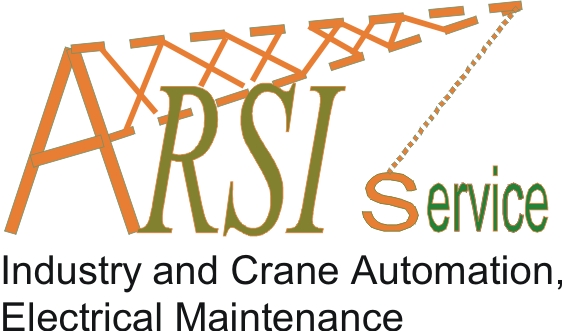|
|
handling of force transducers  Letter of introduction for the handling of VELOMAT force transducers: Letter of introduction for the handling of VELOMAT force transducers:All force transducers and load cells are light engineering precision devices, even if the outer design and the sometimes rather robust shape this often does not allow to suppose. They consist of a spring bellow in steel or aluminium with different designs. The force to be measured deforms the spring bellow in the elastic region of the tension strain diagramme (straight line by Hooke's law). This deformation provides a quantity as measure which determines the dimension of force in the application case indirectly. The first parameter for the measuring accuracy is the spring bellow itself, because it generates the opposing force to the measuring force. Unfortunately, the outer shape of a force transducer misleads to a not careful use during the assembly because the force transducer body structure is an "simple steel or aluminium block or bolt". It is not conceivable that any shocks, kicks, notches or attritions lead to permanent quality damage which can have a direct effect on the future measurement result. The force transducers which are installed for the measuring as "hinge pin" in crane boom, drive -rods or the like must glide always smooth, because otherwise can result false measurement results for a moment or permanent produced by undefinable forces. Therefore, the installation and position correction by strokes with a hammer or other force effects on the sensor is forbidden. The second component of the force transducer is a converter which produces an electric signal out of the mechanical deformation of the spring bellow. In the most cases very thin foil resistors (strain gauges - abbreviation DMS) are working as converter, which on particular certain places of the measuring body are adhered and connected as a Wheatstone bridge. These splices are locked by an elastic substance to give on this way the greatest possible protection before mechanical and chemical effects. These locked areas may not be damaged or be used for the force introduction what produces otherwise to destruction of the function, to measuring inaccuracies or also to penetration of water, lyes or other substances within the shortest time. Only the knowledge about these contexts already can considerably contribute to this that the VELOMAT force transducers reach in practice a longer service life. We are available with pleasure to you for possible further inquiries or advices. text in the pdf format: download |
visitor: 424497






